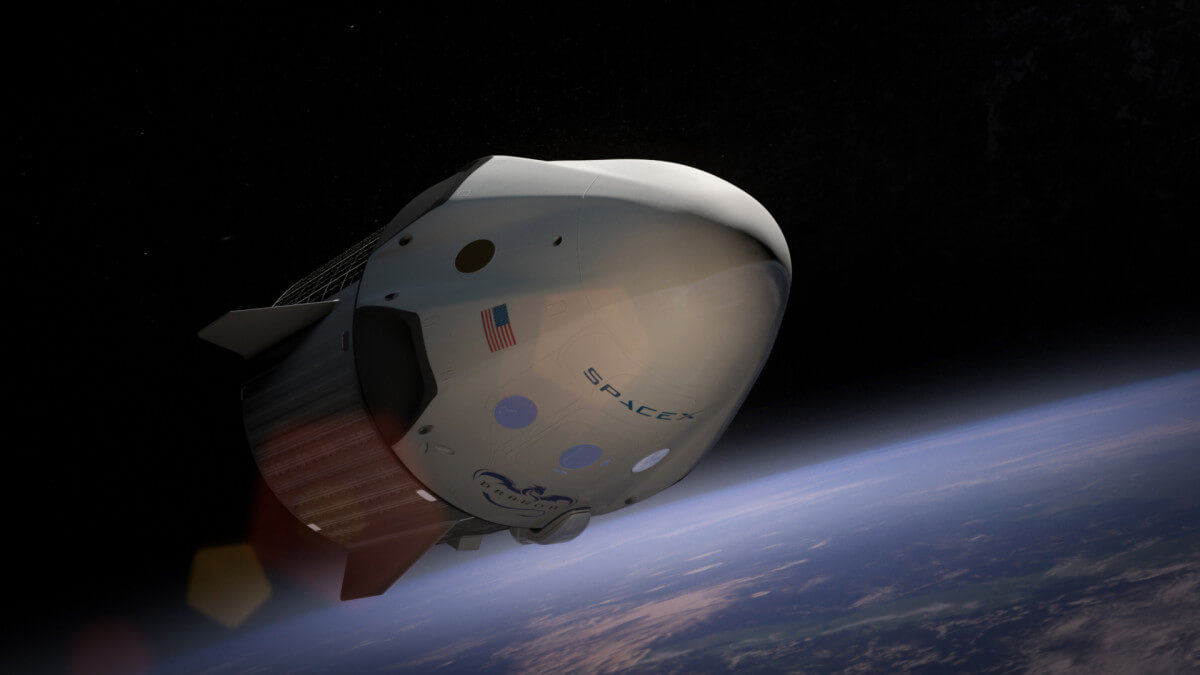
Lorem ipsum dolor sit amet, consectetur adipiscing elit, sed do eiusmod tempor incididunt ut labore et dolore magna aliqua. Ut enim ad minim veniam, quis nostrud exercitation ullamco laboris nisi ut aliquip ex ea commodo consequat. Duis aute irure dolor in reprehenderit in voluptate velit esse cillum dolore eu fugiat nulla pariatur. Excepteur sint occaecat cupidatat non proident, sunt in culpa qui officia deserunt mollit anim id est laborum.
One of the biggest ways technology is changing e-commerce is through the use of artificial intelligence (AI) and machine learning. These technologies can help businesses personalize the shopping experience for each individual customer, from personalized recommendations to customized pricing.
Another trend in e-commerce is the use of augmented reality (AR) and virtual reality (VR) to create immersive shopping experiences. With AR and VR, customers can «try on» clothes and see how they look before making a purchase, or even visualize how furniture would look in their home.
Mobile shopping is also on the rise, and businesses are increasingly optimizing their online stores for mobile devices. Mobile payments are becoming more common as well, making it easier than ever for customers to make purchases on the go.
Finally, sustainability is becoming a bigger priority in the e-commerce world. Businesses are looking for ways to reduce their environmental impact, from using eco-friendly packaging to offering more sustainable product options.
In conclusion, technology is shaping the future of e-commerce in exciting ways, from personalized shopping experiences to immersive AR and VR experiences. As e-commerce continues to evolve, businesses that embrace new technologies and prioritize sustainability are likely to stay ahead of the curve and succeed in the online marketplace.








